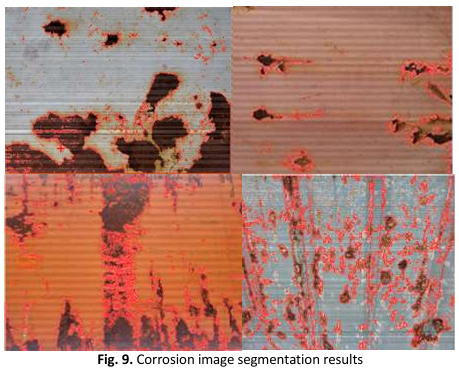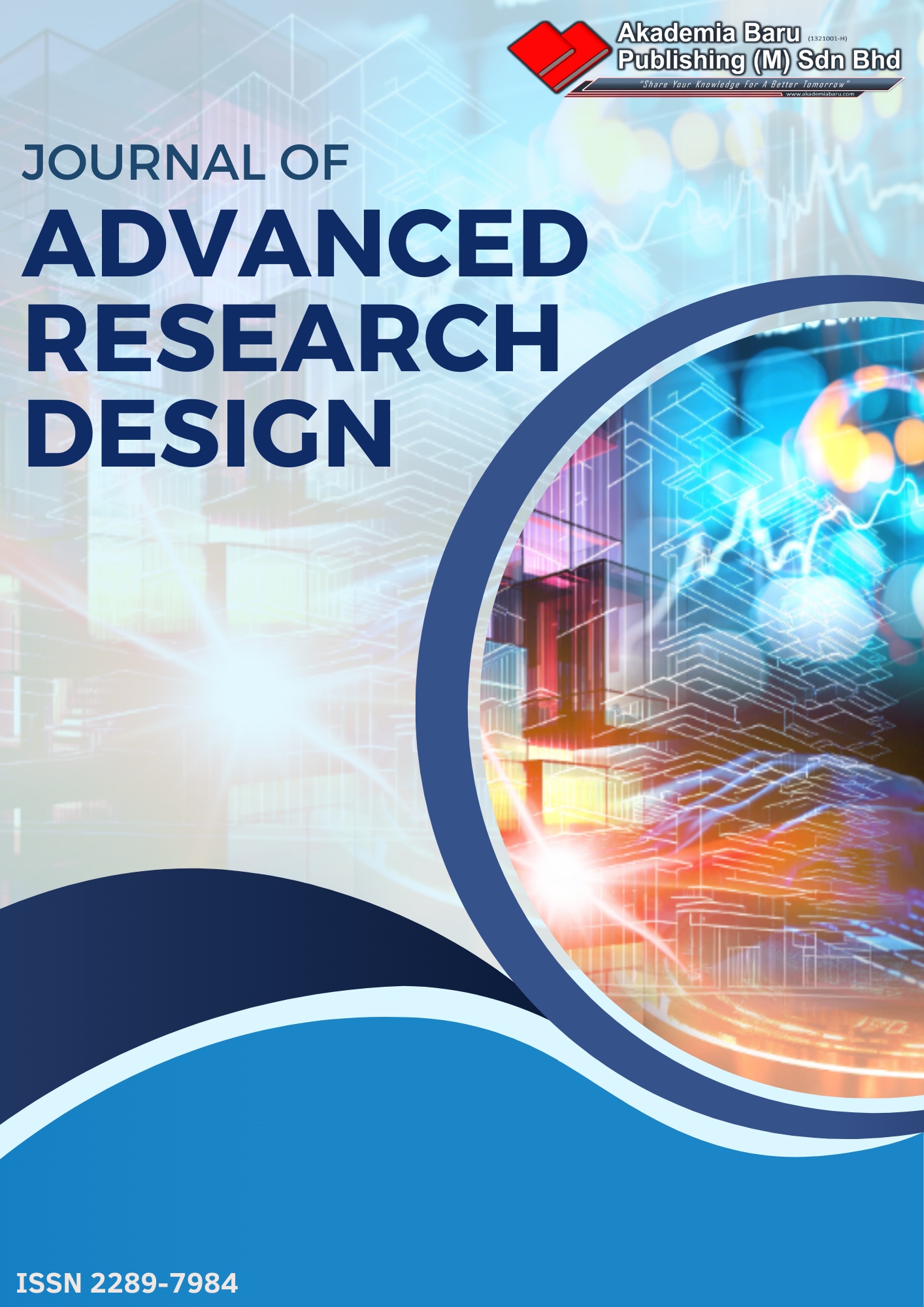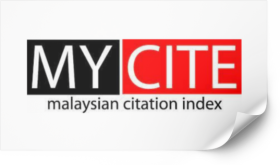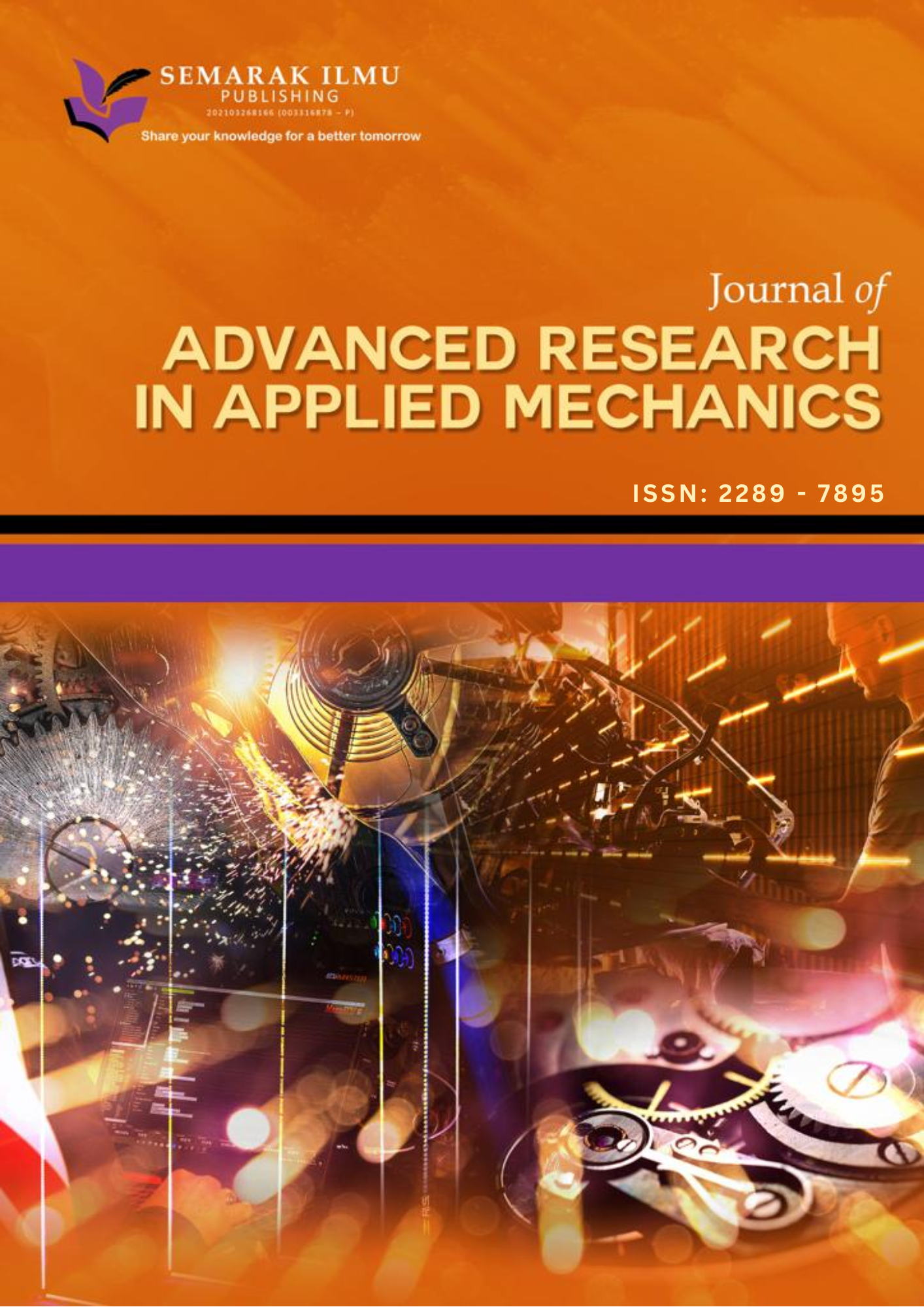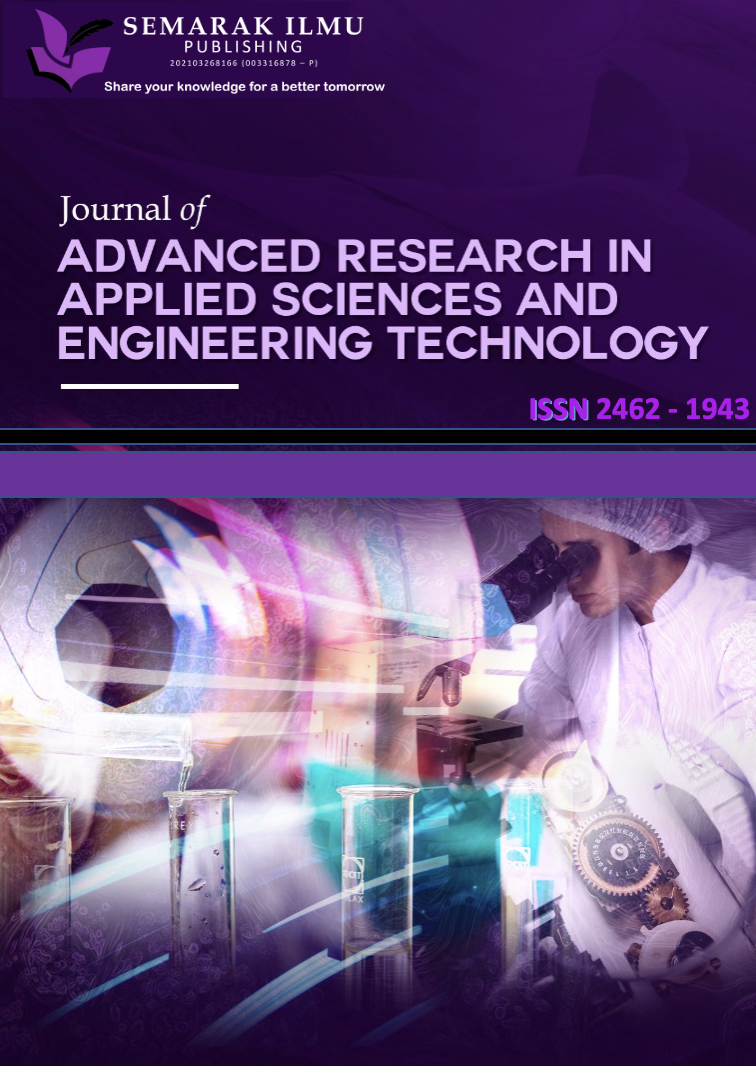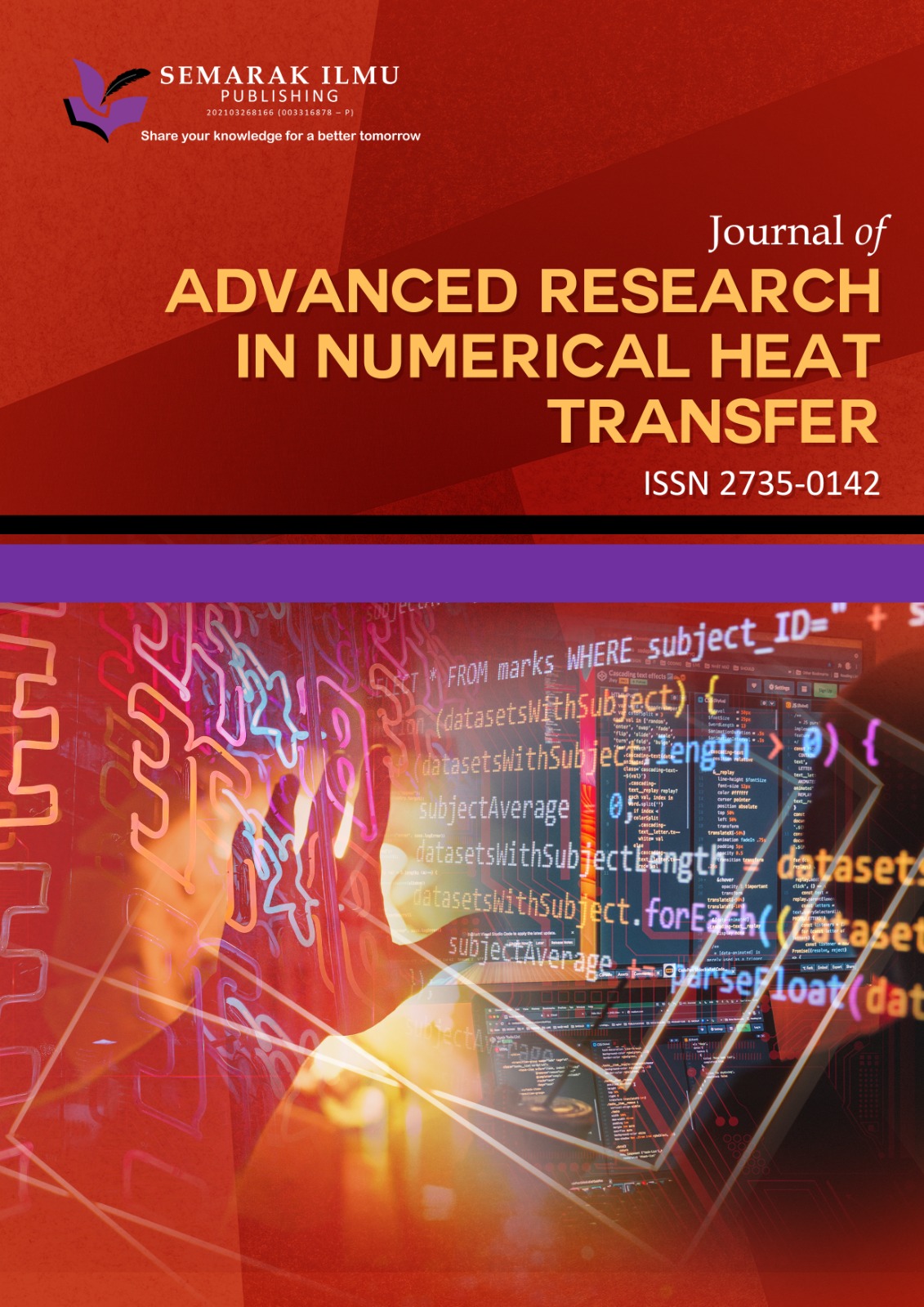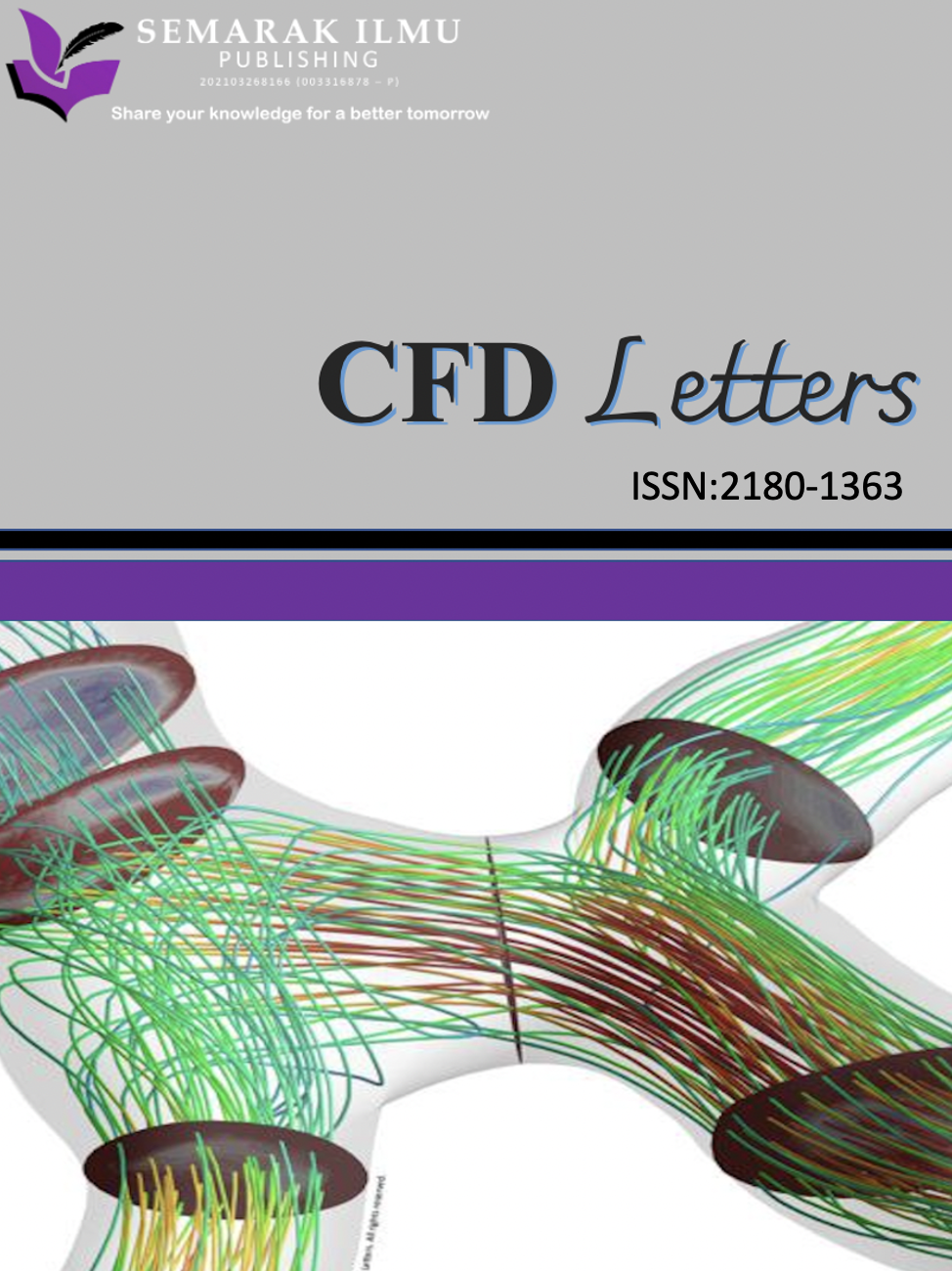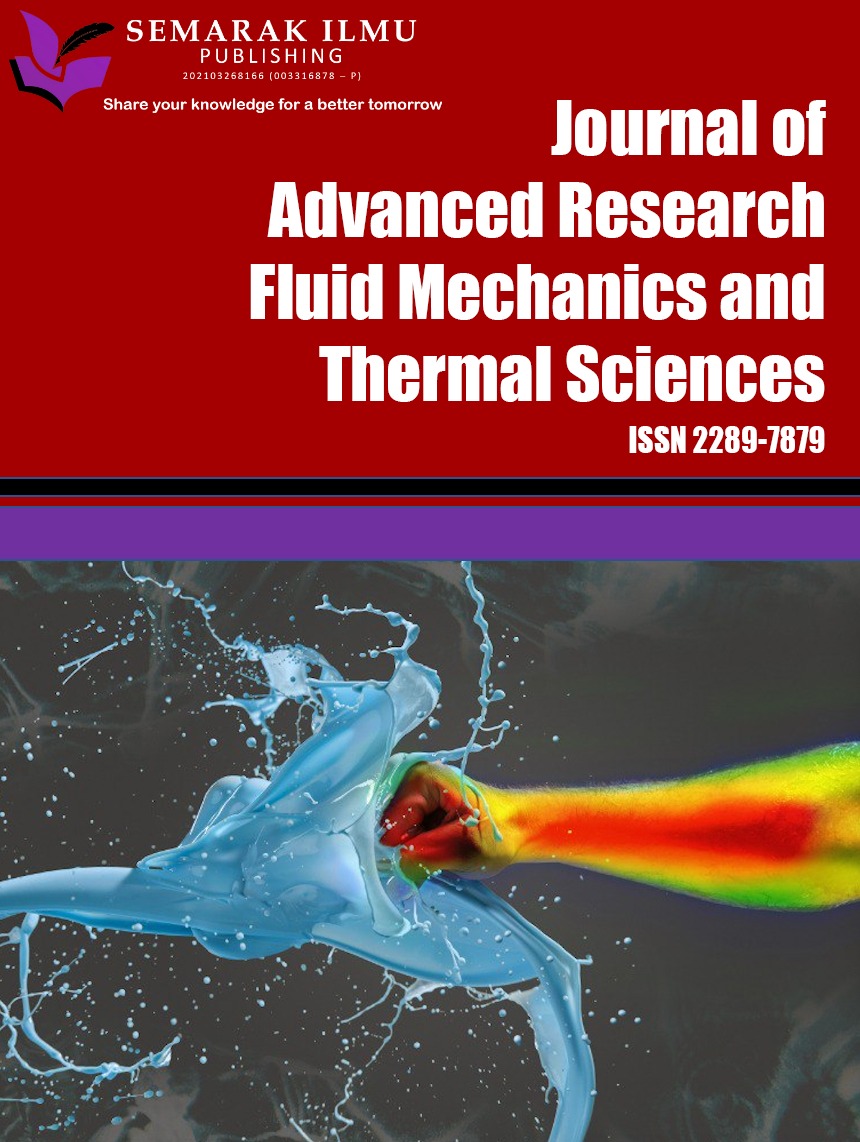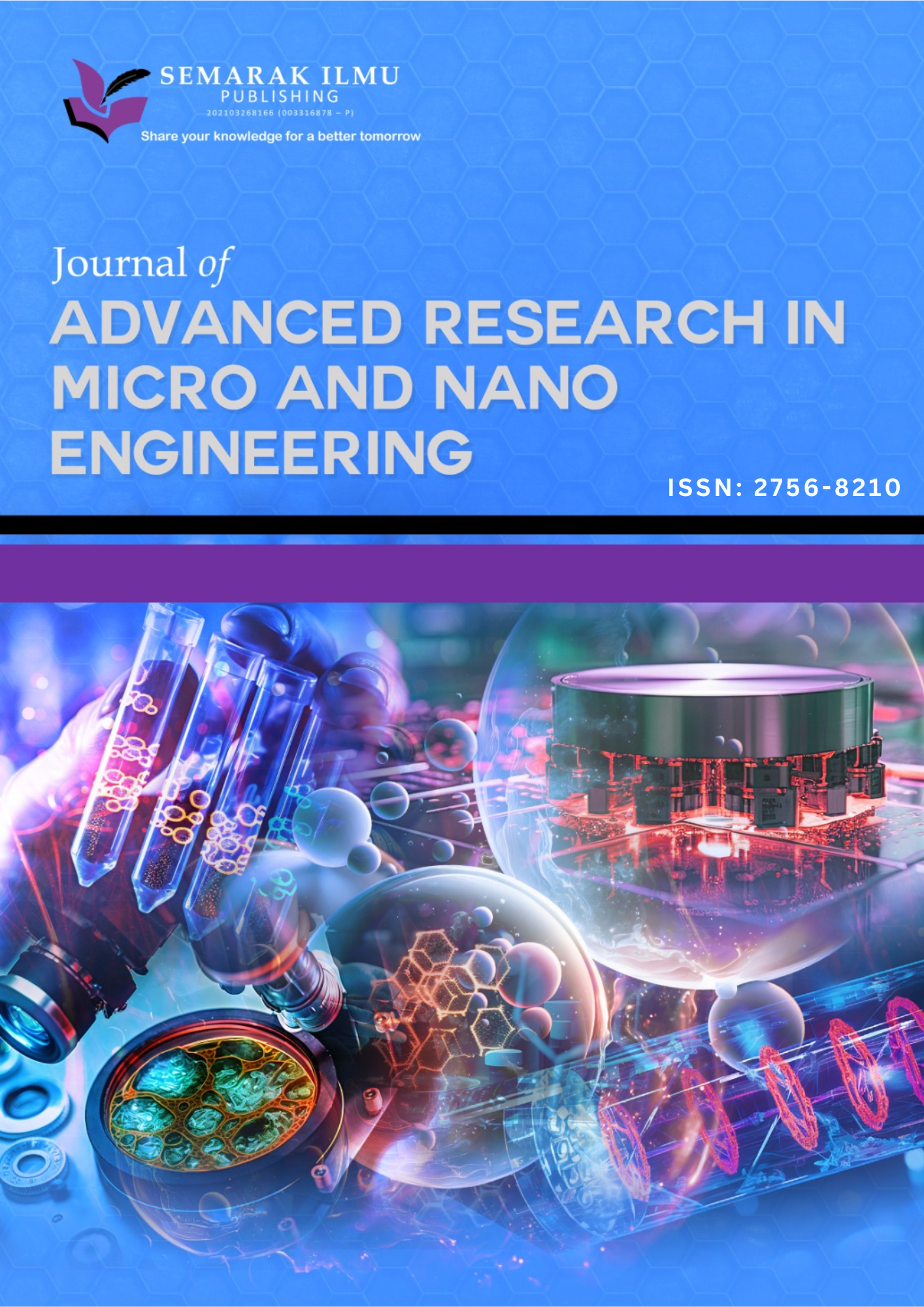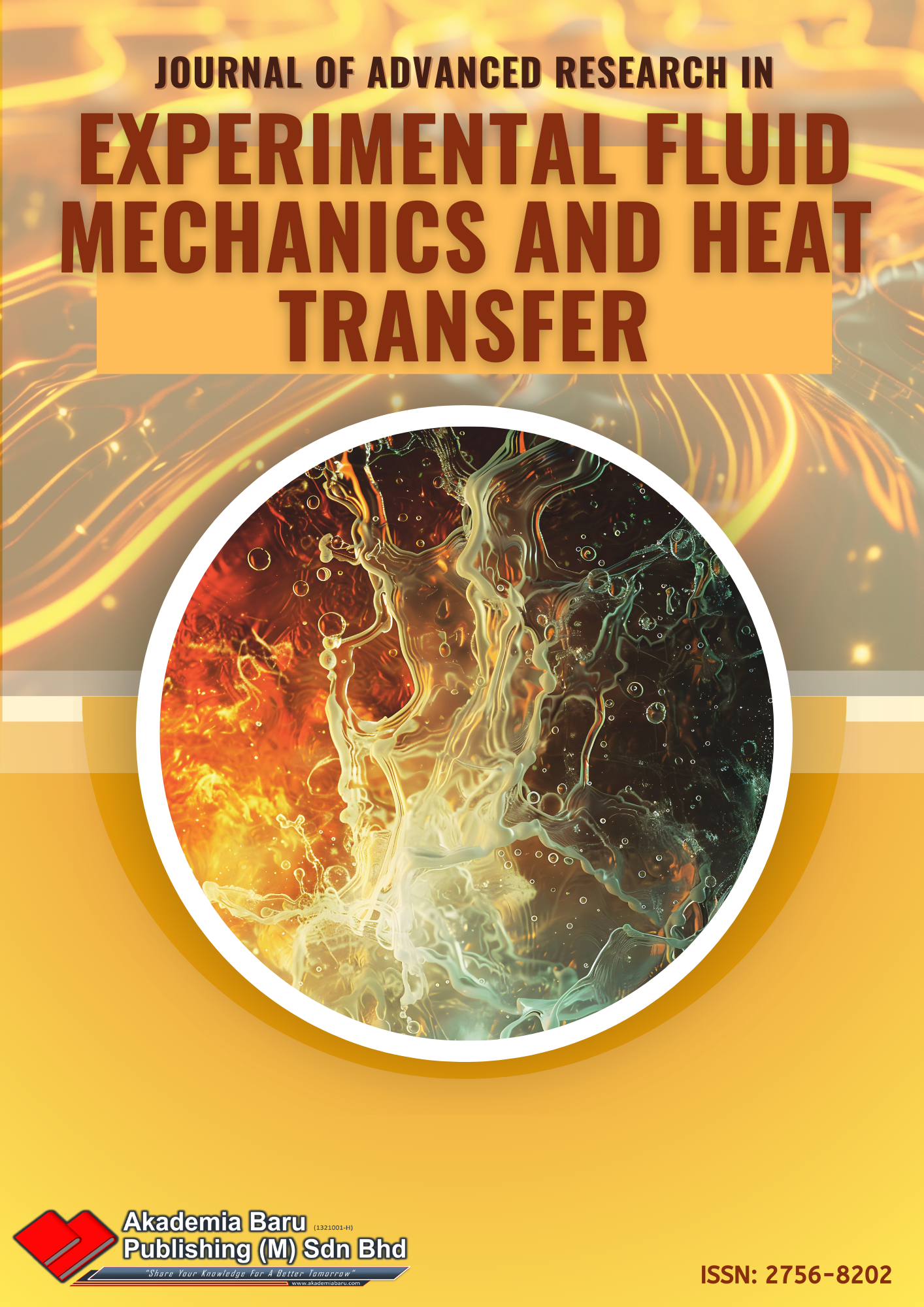Advanced Techniques in Ship Corrosion Analysis: Integrating Active Contour Algorithms for Image Segmentation
DOI:
https://doi.org/10.37934/ard.128.1.7999Keywords:
marine corrosion, active contour, image segmentation, corrosion detectionAbstract
Corrosion represents a critical structural challenge for marine vessels, necessitating meticulous inspection and maintenance procedures. Current automated visual corrosion inspection methods suffer from complexities, impracticality and limitations in distinguishing heavily corroded from non-heavily corroded areas, primarily due to the vagueness of corrosion boundaries on ship surfaces. Active contour algorithms, renowned for their precision in image processing, offer a promising solution. However, the accuracy of contour initialization, a pivotal aspect of active contour techniques, remains underexplored due to inherent challenges. Detecting weak and ill-defined corrosion boundaries in low to medium-quality images is further complicated by noise, reflections, motion blur and off-angle factors. Moreover, the convergence speed of active contour algorithms remains a concern, especially when dealing with precise boundaries. This research endeavours to investigate the robustness of contour initialization and active contour algorithms for ship corrosion detection. The proposed methodology commences with enhancing the texture quality of a comprehensive dataset comprising over 3700 ship corrosion images obtained from diverse Malaysian shipyards, achieved through a modified Wiener filter. For contour initialization, a pixel property method is integrated with an active contour algorithm bolstered by a curve restrained and stopping function. The normalization and feature extraction phases leverage a modified rubber sheet model, 1D-log Gabor filter and Hamming distance. The results demonstrate a remarkable segmentation accuracy of 94.45% and an efficient execution time of 0.91s. These findings present an exciting avenue for comprehending the mechanisms behind accurate contour initialization and developing robust corrosion detection algorithms. The potential integration of this cutting-edge technology into innovative ship maintenance systems holds significant promise for asset health monitoring and predictive maintenance, thus advancing the sustainability of the marine industry. This research is poised to revolutionize ship maintenance practices, fostering efficiency and environmental responsibility in alignment with the overarching goals of the marine industry towards sustainable future.
Downloads
